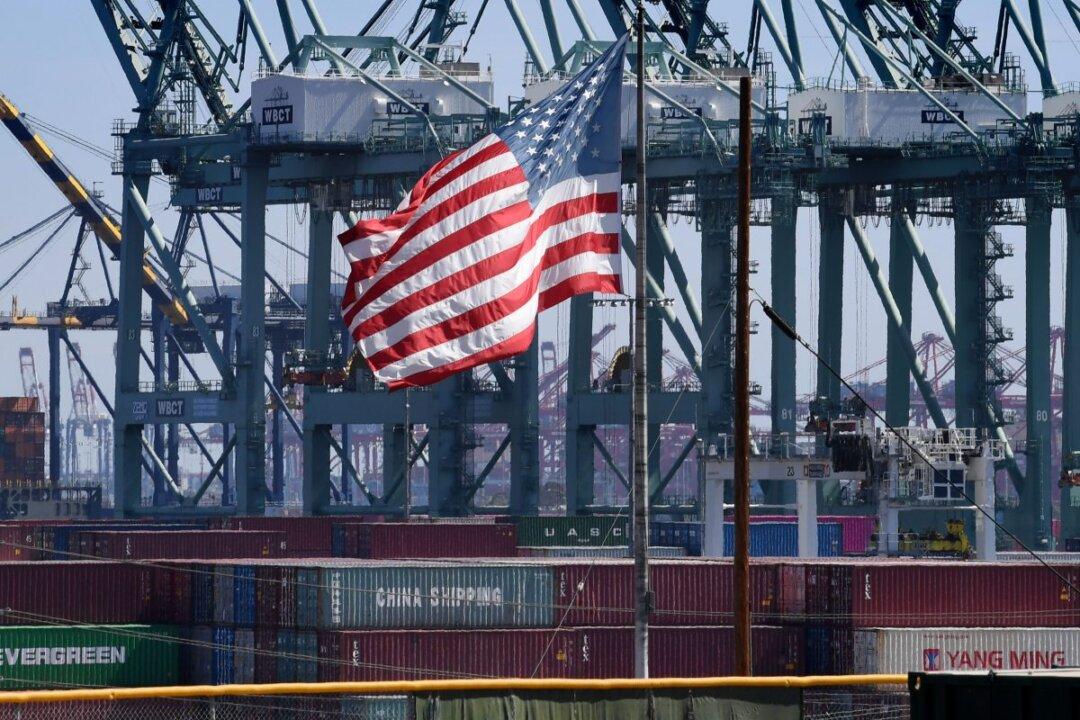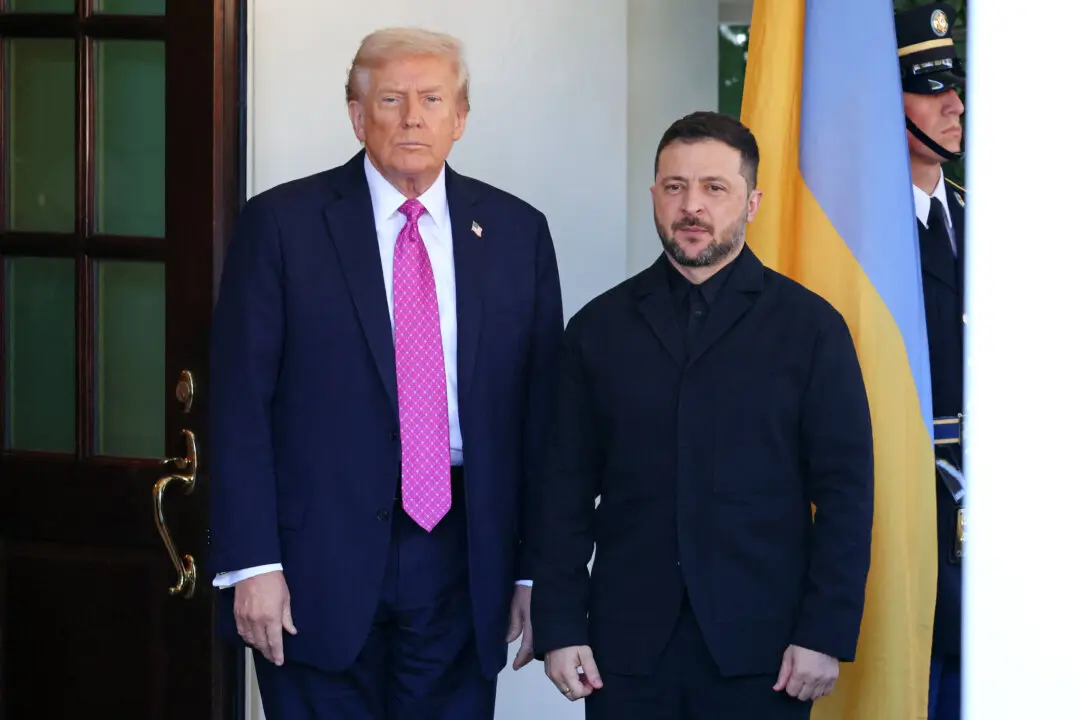The White House released on Thursday the Economic Report of the President (pdf), an annual report to Congress on the state of the U.S. economy and related policies advanced by the Executive branch.
“In just three short years, we have shattered the mentality of American decline, and we have rejected the downsizing of America’s destiny,” President Donald Trump said in a statement, which capped a list of accomplishments, including the lowest unemployment in half a century and real gross domestic product (GDP) growth “that has beaten the Congressional Budget Office’s (CBO) projections every year.”





